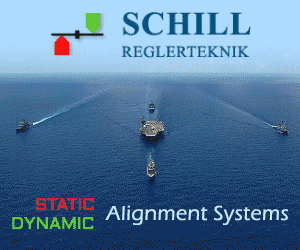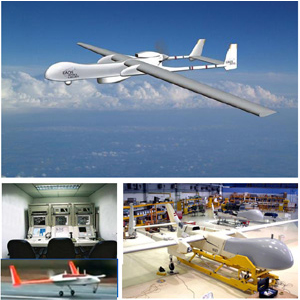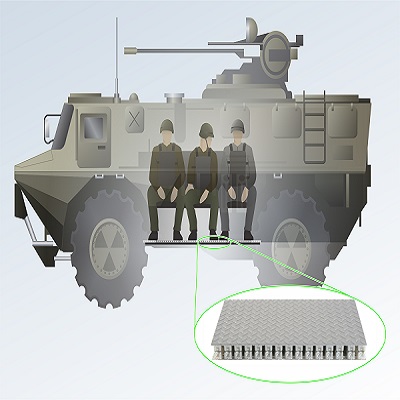Airlift and Logistics Strategies in Air Force Operations

In the realm of modern warfare, the strategic deployment of forces and resources plays a pivotal role in achieving mission success. Airlift and logistics strategies in air force operations have evolved significantly over the years, driven by technological advancements, operational requirements, and the ever-changing dynamics of global conflicts. This article delves into the intricacies of airlift and logistics strategies employed by air forces worldwide, exploring their significance, challenges, innovations, and future trends.
Airlift operations form the backbone of air force logistics, enabling rapid deployment of troops, equipment, and supplies to distant theaters of operation. These operations encompass a wide range of activities, including airlifting personnel for combat missions, transporting humanitarian aid to disaster-stricken areas, and supporting peacekeeping efforts in volatile regions. The ability to swiftly mobilize resources is a critical asset in modern warfare, where agility and responsiveness can tip the scales of victory.
One of the key components of airlift operations is strategic planning. Air forces meticulously analyze mission requirements, assess logistical capabilities, and develop tailored strategies to ensure seamless execution. Factors such as aircraft availability, payload capacity, fuel efficiency, and operational constraints are taken into account to optimize resource utilization and minimize risk. Advanced planning tools and simulation technologies aid in scenario modeling, contingency planning, and risk assessment, enabling commanders to make informed decisions in dynamic environments.
Airlift capabilities are often augmented by strategic partnerships and collaborative arrangements. Air forces engage with civil aviation authorities, international organizations, and allied nations to leverage shared resources, infrastructure, and expertise. Multinational airlift initiatives, such as NATO's Strategic Airlift Capability (SAC) program, facilitate interoperability, standardization, and cost-sharing among participating nations, enhancing overall operational effectiveness.
Logistics support is integral to sustainment and operational readiness. Air forces employ sophisticated supply chain management practices to ensure timely delivery of critical assets, spare parts, and consumables. Inventory management systems, predictive analytics, and supply chain optimization tools streamline logistics processes, reduce lead times, and enhance asset visibility across the supply chain. This proactive approach minimizes downtime, improves mission readiness, and enhances overall mission success rates.
The role of technology in modern airlift and logistics operations cannot be overstated. Advancements in aircraft design, propulsion systems, avionics, and materials science have revolutionized airlift capabilities, enabling longer ranges, higher payloads, and greater fuel efficiency. Next-generation transport aircraft, such as the Boeing C-17 Globemaster III and the Airbus A400M Atlas, boast impressive performance metrics, including rapid deployment capabilities, short takeoff and landing (STOL) capabilities, and aerial refueling capabilities, extending their operational reach and versatility.
Furthermore, digitalization and automation have transformed logistics management processes, streamlining workflows, reducing administrative overheads, and improving data accuracy. Integrated logistics platforms, real-time tracking systems, and digital twin technologies provide commanders with a comprehensive view of logistical operations, enabling proactive decision-making, resource allocation, and risk mitigation. Artificial intelligence (AI) algorithms and machine learning algorithms optimize route planning, resource allocation, and maintenance scheduling, enhancing operational efficiency and cost-effectiveness.
Despite these advancements, airlift and logistics operations face several challenges in contemporary military environments. Rapidly evolving threats, asymmetric warfare tactics, and geopolitical complexities necessitate agile and adaptable logistics strategies. Air forces must contend with diverse operational environments, ranging from austere forward operating bases to congested urban areas, each presenting unique logistical challenges. Security threats, cyber vulnerabilities, and information warfare pose additional risks to supply chain integrity and operational continuity, requiring robust cybersecurity measures and contingency planning.
Furthermore, budgetary constraints, resource limitations, and geopolitical tensions can impact the availability of strategic airlift assets and logistical support infrastructure. Air forces must prioritize investments in airlift capabilities, logistics modernization, and training programs to maintain operational readiness and resilience in dynamic threat environments. Collaborative approaches, joint exercises, and information sharing mechanisms among air forces and allied partners are essential to address common challenges, build mutual trust, and enhance collective defence capabilities.
Looking ahead, the future of airlift and logistics strategies in air force operations is marked by ongoing innovation, integration, and adaptation. Emerging technologies such as unmanned aerial vehicles (UAVs), autonomous logistics systems, and additive manufacturing (3D printing) hold promise for revolutionizing airlift capabilities, logistics resupply, and maintenance support. AI-driven predictive analytics, blockchain-enabled supply chains, and quantum computing are poised to further enhance logistics efficiency, transparency, and resilience in the digital age.
Additionally, air forces are exploring alternative energy sources, electric propulsion systems, and renewable fuels to reduce environmental impact, enhance sustainability, and comply with regulatory requirements. Green logistics initiatives, carbon footprint reduction strategies, and eco-friendly packaging solutions are gaining traction as part of broader efforts to promote environmental stewardship and responsible resource management.
In conclusion, airlift and logistics strategies are indispensable pillars of air force operations, enabling rapid response, sustained support, and mission success in dynamic and challenging environments. By leveraging technological innovations, strategic partnerships, and adaptive capabilities, air forces can enhance their agility, resilience, and effectiveness in fulfilling their mission objectives. Continued investment in advanced airlift capabilities, logistics modernization, and sustainability initiatives will shape the future landscape of air force logistics, ensuring readiness, responsiveness, and operational excellence in an increasingly complex security environment.









